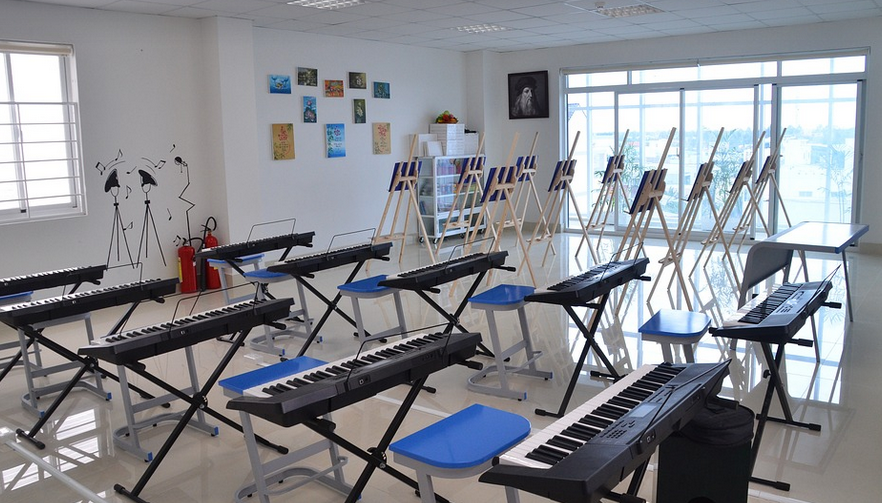
Getting Started with Bike Riding
For many young riders, the thrill of cruising on a bike is accompanied by an element of fear—the prospect of balancing and steering without the support of training wheels. But fear not! The world of cycling offers a wider spectrum of options than just the traditional training wheels. When it comes to 20-inch bikes, there’s a whole new level of heavy-duty training wheels designed for young riders, and this article will explore the ins and outs of these incredible tools for success on two wheels.
The magic of training wheels lies in their ability to provide stability while allowing kids to develop crucial fundamental skills like bike balance, coordination, and steering control—all within a safe and controlled environment. And when we’re talking about 20-inch bikes, the learning curve is amplified by the size and momentum these bikes offer. These bikes are designed for growing children with sturdy frames and robust wheels, making them perfect for navigating playgrounds and exploring new terrains.
Understanding Heavy-Duty Training Wheels
Heavy-duty training wheels are specifically engineered to withstand the rigors of young riders’ playful explorations on their 20-inch bikes. Their structure is built to be more durable than traditional training wheels, with thicker frames made from stronger materials and reinforced axles for added stability.
The key difference lies in the wheel configuration: heavy-duty training wheels feature larger diameter wheels that offer a greater surface area for contact, increasing grip and control. This increased stability helps prevent tipping and rolling accidents, making learning more confident and less chaotic for kids.
Why Choose Heavy-Duty Training Wheels?
There are several reasons why heavy-duty training wheels are often the preferred choice for young riders on 20-inch bikes, each reason contributing to a smoother transition from training wheels to independent riding:
* **Increased Stability:** The larger diameter wheels provide greater contact with the ground, resulting in increased stability and control, reducing the chance of tipping and falls. This is particularly valuable for young riders who are still developing their balance and coordination capabilities. * **Enhanced Confidence:** The added stability provided by heavy-duty training wheels instills confidence in young riders, encouraging them to explore their limits on the bike and develop a sense of independence.
**Durability and Longevity:** Heavy-duty training wheels are built with sturdier materials and reinforced components, ensuring longer wear and tear resistance. This translates to fewer replacements and more years of experience for your child, saving you both time and money in the long run.
Choosing the Right Heavy-Duty Training Wheels
When selecting heavy-duty training wheels, consider these factors to ensure a perfect fit for your 20-inch bike and your child’s riding style:
* **Bike Size:** Ensure the training wheels are compatible with the size of your 20-inch bike. They should be sized appropriately based on the child’s height and weight, ensuring optimal stability and ease of use.
* **Safety Features:** Look for training wheels that have robust construction with strong frames, durable axles, and secure adjustment mechanisms to ensure safety throughout their usage. Check for brake features too, which are especially crucial for preventing falls.
The right heavy-duty training wheels should offer a sense of security and confidence in the rider’s journey towards independence on two wheels. They should not just be reliable but also inspire joy and learning!
Building the Foundation for Bike Mastery
Heavy-duty training wheels are more than just temporary aids; they are tools that help build a strong foundation for future bike mastery. By providing the necessary support and guidance during early stages of riding, children develop essential skills like balance, steering control, and coordination.
As your child progresses on their journey, these wheels can gradually be phased out as they develop greater confidence and skill in navigating their bike. This gradual transition provides a smooth learning curve that fosters self-reliance and enjoyment of cycling
Safety First: A Recap
Remember, safety is paramount when it comes to training wheels and the use of bikes. Always follow these essential guidelines:
* **Adult Supervision:** It’s crucial for an adult to be present throughout the process. Supervise your children while they are learning on their heavy-duty training wheels, providing guidance, support, and encouragement as they navigate the new world of cycling.
**Proper Fitting:** Ensure the training wheels are correctly installed. A loose or improperly adjusted wheel can lead to instability and accidents.
By employing heavy-duty training wheels in a safe and responsible manner, you’ll be giving your child the tools they need to blossom into confident and skilled cyclists.


